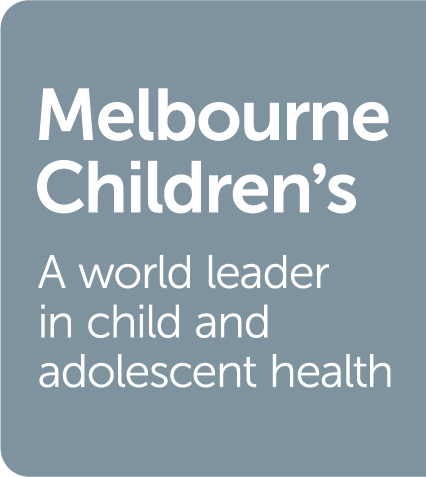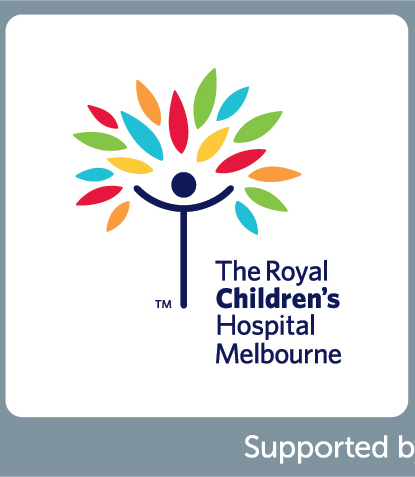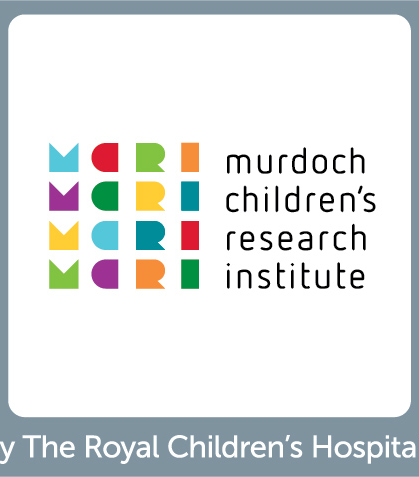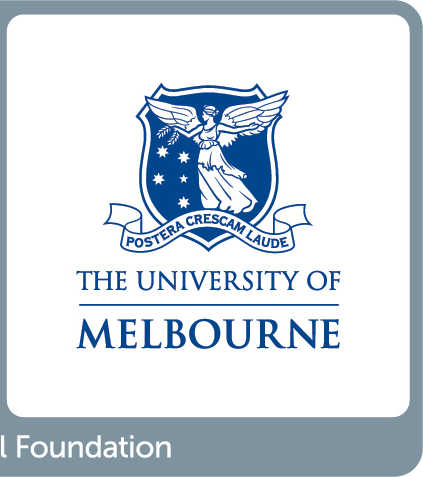CATS: Mental health and behaviour problems
| Relevant LifeCourse Constructs | Year | 2012 | 2013 | 2014 | 2015 | 2016 | 2017 | 2018 | 2019 | 2020 | 2021 | 2022 | 2023 | 2024 | 2025-Ongoing |
|---|---|---|---|---|---|---|---|---|---|---|---|---|---|---|---|
| Wave | 1 | 2 | 3 | 4 | 5 | 6 | 7 | 8 | 9 | 10 | 11 | 12 | 13 | 14 | |
| Age | 8-9 years | 9-10 years | 10-11 years | 11-12 years | 12-13 years | 13-14 years | 14-15 years | 15-16 years | 16-17 years | 17-18 years | 18-19 years | 19-20 years | 20-21 years | 21-22 years | |
| N | Total: 1194 Substudy: 128 |
1158 | 1119 | 1068 | Total: 996 Substudy: 110 |
1001 | 900 | 856 | 848 | 833 | 832 | 879 | 900 | in progress | |
| Abusive behaviour | S:CAS I | S:CAS I | |||||||||||||
| Adjustment disorder | S:MINI-KID I S:MINI-KID-V I | ||||||||||||||
| Antisocial behaviour | P:IYDS I | P:IYDS I | P:IYDS I S:IYDS I | S:IYDS I P:IYDS I S:IYDS I | S:IYDS I S:IYDS I | S:IYDS I S:IYDS I | S:IYDS I | S:IYDS I | S:IYDS I | ||||||
| Anxiety | S:SCAS I | S:SCAS I | S:SCAS I | S:SCAS I | S:SCAS I | S:SCAS I | S:SCAS I | S:SCAS I | S:MINI-KID I S:MINI-KID-U I S:SCAS I | S:SCAS I | S:GAD-7 I S:CASPE I | S:GAD-7 I | |||
| Conduct disorder | P:SDQ I P:CDRS I | P:SDQ I P:CDRS I | P:SDQ I P:CDRS I | P:SDQ I P:CDRS I | P:SDQ I P:CDRS I | P:SDQ I P:CDRS I | S:MINI-KID I | ||||||||
| Defiant behaviour | S:MINI-KID I S:MINI-KID-Q I | ||||||||||||||
| Depression | S:SMFQ I P:PHQ-2 M | S:SMFQ I P:PHQ-2 M | S:SMFQ I P:PHQ-2 M | S:SMFQ I P:PHQ-2 M | S:SMFQ I | S:SMFQ I | S:SMFQ I | S:SMFQ I | S:MINI-KID I S:SMFQ I S:MINI-KID-A I S:MINI-KID-C I | S:SMFQ I | S:SMFQ I | S:SMFQ I | |||
| Disturbance of attention | S:MINI-KID I | ||||||||||||||
| Eating disorder | S:KEDS I | S:KEDS I | S:KEDS I | S:KEDS I | S:KEDS I | S:KEDS I | S:KEDS I | S:KEDS I | S:MINI-KID I S:MINI-KID-S I S:MINI-KID-T I S:KEDS I | S:SCOFF I | S:SCOFF I | ||||
| Emotional problems | P:IYDS I P:SDQ I | P:IYDS I P:SDQ I | S:IYDS I P:IYDS I P:SDQ I | S:IYDS I P:IYDS I P:SDQ I | S:IYDS I P:SDQ I | S:IYDS I P:SDQ I | S:IYDS I S:IYDS I | S:IYDS I S:IYDS I | S:IYDS I S:IYDS I | S:CASPE I | |||||
| Fear of injury | S:SCAS I | S:SCAS I | S:SCAS I | S:SCAS I | S:SCAS I | S:SCAS I | S:SCAS I | S:SCAS I | S:SCAS I | S:SCAS I | |||||
| Hyperactive behaviour | P:SDQ I P:ADHD-RS-IV I | P:SDQ I P:ADHD-RS-IV I | P:SDQ I P:ADHD-RS-IV I | P:SDQ I P:ADHD-RS-IV I | P:SDQ I P:ADHD-RS-IV I | P:SDQ I P:ADHD-RS-IV I | |||||||||
| Loneliness | S:TILS I | S:TILS I | |||||||||||||
| Mania | S:MINI-KID I S:MINI-KID-D I | ||||||||||||||
| Mental illness | S:SMFQ I S:GAD-7 I | S:CATS I | S:CATS I S:DISS I | ||||||||||||
| Obsessive compulsive behaviour | S:SCAS I | S:SCAS I | S:SCAS I | S:SCAS I | S:SCAS I | S:SCAS I | S:SCAS I | S:SCAS I | S:MINI-KID I S:MINI-KID-J I S:SCAS I | S:SCAS I | |||||
| Panic attack | S:SCAS I | S:SCAS I | S:SCAS I | S:SCAS I | S:SCAS I | S:SCAS I | S:SCAS I | S:SCAS I | S:MINI-KID I S:MINI-KID-E I S:SCAS I | S:SCAS I | |||||
| Pervasive developmental disorder | P:ADHD-RS-IV I | P:ADHD-RS-IV I | P:ADHD-RS-IV I | P:ADHD-RS-IV I S:SCQ I | P:ADHD-RS-IV I S:SCQ I | P:ADHD-RS-IV I S:SCQ I | S:SCQ I | S:MINI-KID I S:MINI-KID-W I | |||||||
| Phobia | S:MINI-KID I S:MINI-KID-F I S:MINI-KID-I I | ||||||||||||||
| Postpartum depression | P:CATS M | P:CATS M | |||||||||||||
| Posttraumatic stress disorder | S:MINI-KID I | ||||||||||||||
| Psychosis | S:APSS I | S:APSS I S:APSS I | S:MINI-KID I S:MINI-KID-R I | S:CATS I | S:CATS I | ||||||||||
| Psychosocial functioning | P:SDQ I | P:SDQ I | P:SDQ I | P:SDQ I | P:SDQ I | P:SDQ I | S:CASPE I | ||||||||
| Self-harm | S:CATS I | S:CATS I | S:CATS I | S:CATS I | S:CATS I | S:CATS I | S:CATS I | S:VAHCS I | S:VAHCS I | S:VAHCS I | |||||
| Separation anxiety | S:SCAS I | S:SCAS I | S:SCAS I | S:SCAS I | S:SCAS I | S:SCAS I | S:SCAS I | S:SCAS I | S:MINI-KID I S:MINI-KID-G I S:SCAS I | S:SCAS I | |||||
| Social behaviour | S:CASPE-D I P:CASPE-D I | S:CASPE I | |||||||||||||
| Social phobia | S:SCAS I | S:SCAS I | S:SCAS I | S:SCAS I | S:SCAS I | S:SCAS I | S:SCAS I | S:SCAS I | S:MINI-KID I S:MINI-KID-H I S:SCAS I | S:SCAS I | |||||
| Somatic syndrome | S:SCL-90-R-S I | S:SCL-90-R-S I | S:SCL-90-R-S I | S:SCL-90-R-S I | S:SCL-90-R-S I | S:SCL-90-R-S I | |||||||||
| Stress | S:PSS I | S:PSS I | |||||||||||||
| Suicidal thoughts | S:MINI-KID I | S:CATS I | S:CATS I | ||||||||||||
| Tics | S:MINI-KID I | ||||||||||||||
Featured measurements
- ADHD-RS-IV
-
: ADHD Rating Scale-4 - APSS
-
: Adolescent Psychotic-Like Symptom Screener - CATS
-
: Child to Adult Transition Study-devised measure - CAS
-
: Composite Abuse Scale - CDRS
-
: Conduct Rating Scale - CASPE
-
: COVID-19 Adolescent Symptom and Psychological Experience Questionnaire - CASPE-D
-
: COVID-19 Adolescent Symptom and Psychological Experience Questionnaire: Module D - Social Experience - DISS
-
: Discretized Analog Disability Scale - GAD-7
-
: Generalised Anxiety Disorder-7 - IYDS
-
: International Youth Development Study-devised measure - KEDS
-
: Kids' Eating Disorders Survey - MINI-KID
-
: Mini International Neuropsychiatric Interview for Children and Adolescents - MINI-KID-A
-
: Mini International Neuropsychiatric Interview for Children and Adolescents: Module A - Major Depressive Disorder - MINI-KID-C
-
: Mini International Neuropsychiatric Interview for Children and Adolescents: Module C - Dysthymia - MINI-KID-D
-
: Mini International Neuropsychiatric Interview for Children and Adolescents: Module D - Mania and Bipolar Disorder - MINI-KID-E
-
: Mini International Neuropsychiatric Interview for Children and Adolescents: Module E - Panic Disorder - MINI-KID-F
-
: Mini International Neuropsychiatric Interview for Children and Adolescents: Module F - Agoraphobia - MINI-KID-G
-
: Mini International Neuropsychiatric Interview for Children and Adolescents: Module G - Separation Anxiety Disorder - MINI-KID-H
-
: Mini International Neuropsychiatric Interview for Children and Adolescents: Module H - Social Phobia - MINI-KID-I
-
: Mini International Neuropsychiatric Interview for Children and Adolescents: Module I - Specific Phobia - MINI-KID-J
-
: Mini International Neuropsychiatric Interview for Children and Adolescents: Module J - Obsessive Compulsive Disorder - MINI-KID-Q
-
: Mini International Neuropsychiatric Interview for Children and Adolescents: Module Q - Oppositional Defiant Disorder - MINI-KID-R
-
: Mini International Neuropsychiatric Interview for Children and Adolescents: Module R - Psychotic Disorders - MINI-KID-S
-
: Mini International Neuropsychiatric Interview for Children and Adolescents: Module S - Anorexia Nervosa - MINI-KID-T
-
: Mini International Neuropsychiatric Interview for Children and Adolescents: Module T - Bulimia Nervosa - MINI-KID-U
-
: Mini International Neuropsychiatric Interview for Children and Adolescents: Module U - Generalized Anxiety Disorder - MINI-KID-V
-
: Mini International Neuropsychiatric Interview for Children and Adolescents: Module V - Adjustment Disorders - MINI-KID-W
-
: Mini International Neuropsychiatric Interview for Children and Adolescents: Module W - Pervasive Developmental Disorder - PHQ-2
-
: Patient Health Questionnaire-2 - PSS
-
: Perceived Stress Scale - SCOFF
-
: SCOFF Questionnaire - SMFQ
-
: Short Mood and Feelings Questionnaire - SCQ
-
: Social Communication Questionnaire - SCAS
-
: Spence Children's Anxiety Scale (Parent and child report) - SDQ
-
: Strengths and Difficulties Questionnaire - SCL-90-R-S
-
: Symptoms Checklist-90-Revised - Somatization - TILS
-
: Three Item Loneliness Scale - VAHCS
-
: Victorian Adolescent Health Cohort Study-devised measure
Legend
- B
= Biosample collected- BA
= Biosample analysis- G
= Grandparent(s) completed questionnaire- L
= Data linkage- N
= Nurse completed questionnaire- O
= Observation or direct assessment- Of
= Offspring completed questionnaire- P
= Parent/guardian completed questionnaire- Pe
= Peer completed questionnaire- R
= Records abstraction- S
= Self (primary participant) completed questionnaire- T
= Teacher completed questionnaire- X
= Other source- X F
-
= Pertains to father - X Fam
-
= Pertains to family - X G
-
= Pertains to grandparent(s) - X I
-
= Pertains to primary participant - X IP
-
= Pertains to partner - X M
-
= Pertains to mother - X O
-
= Pertains to offspring - X P
-
= Pertains to parent/guardian(s) - X Pe
-
= Pertains to peers - X Si
-
= Pertains to sibling(s) - X T
-
= Pertains to teacher(s) - X X
-
= Pertains to other reportees
Metadata presented by LifeCourse provides a crucial first step in understanding the available data across studies. It does not take the place of detailed study documentation, which should always be consulted during design and analysis.



